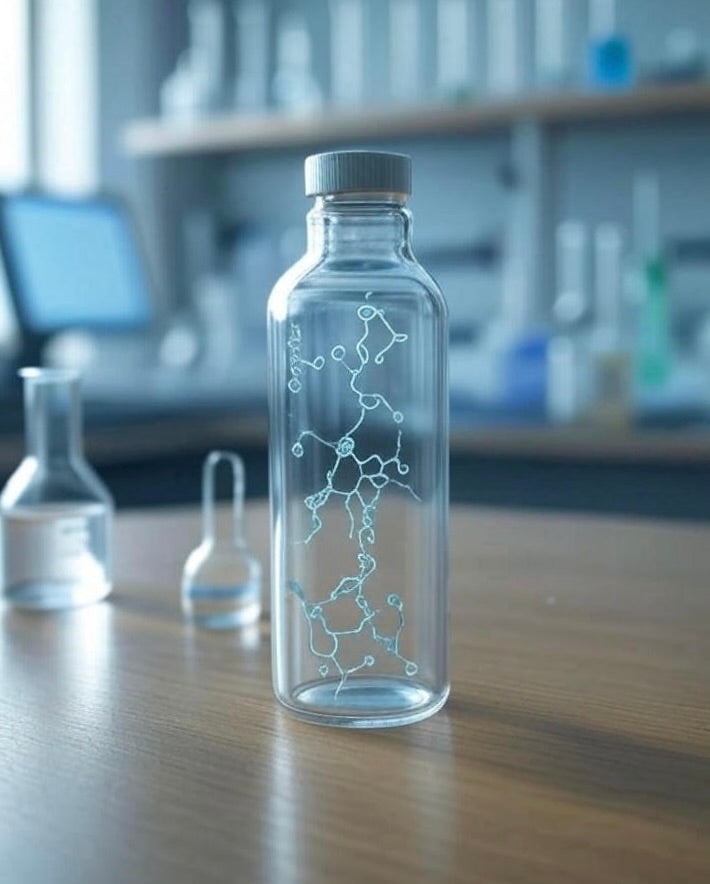
How to Reconstitute Peptides with Bacteriostatic Water (For Research Use Only)
Share
How to Reconstitute Peptides with Bacteriostatic Water (For Research Use Only)
Disclaimer: This information is provided strictly for laboratory research purposes. These products are not intended for human consumption, medical use, or veterinary applications.
What is Bacteriostatic Water?
Bacteriostatic water is sterile water containing 0.9% benzyl alcohol, which helps prevent bacterial growth. Researchers use it to dissolve lyophilized (freeze-dried) peptides because it supports sterility and stability in controlled lab settings.
Why Reconstitute Peptides?
Peptides are usually supplied as a powder to maintain stability during storage. Before they can be used in experiments, they need to be reconstituted (dissolved) into a liquid solution. Bacteriostatic water helps maintain sterility during this process.
Materials Needed
-
Lyophilized peptide vial
-
Bacteriostatic water (sterile, laboratory grade)
-
Sterile syringe and needle
-
Alcohol swabs
-
Laboratory gloves and safety equipment
Step-by-Step Guide
Step 1: Prepare the Work Area
Work in a clean, sterile environment. Wipe down the area with disinfectant and wear gloves.
Step 2: Clean the Vial Tops
Wipe the rubber stoppers of both vials (peptide and bacteriostatic water) with alcohol swabs.
Step 3: Draw Bacteriostatic Water
Use a sterile syringe to draw the desired amount of bacteriostatic water. The volume depends on the concentration needed for your research.
Step 4: Add Water to the Peptide Vial
Inject the water slowly against the side of the vial instead of directly onto the powder to avoid foaming.
Step 5: Gently Mix
Swirl the vial gently until the powder dissolves completely. Do not shake vigorously.
Storage After Reconstitution
-
Store reconstituted peptides in a refrigerator (2–8°C).
-
Avoid repeated freeze-thaw cycles.
-
Follow your institution’s approved protocols for storage and handling.
Final Notes
Reconstituting peptides with bacteriostatic water is a common lab practice that supports consistency, sterility, and accuracy in research settings.
For research use only. Not for human consumption.
